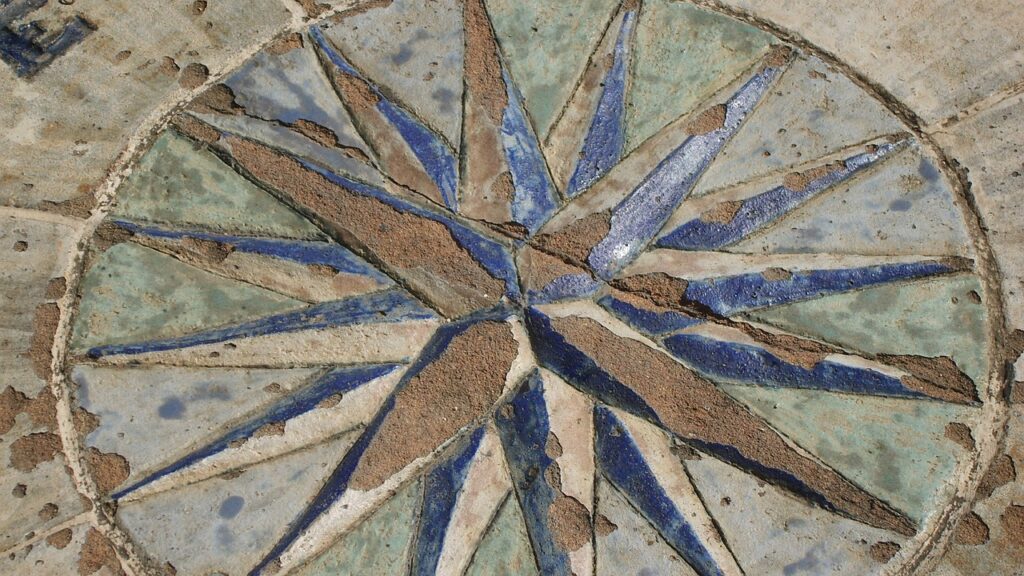Historical Context
The architectural journey of Altea begins with its Moorish influences, evident in the winding, narrow streets that climb up the hillside towards the iconic blue-domed church of the Virgin of the Consol. This layout was strategically designed in the Moorish period to provide cooling effects in the hot summer months and to enhance the town's defensibility. The white facades, another hallmark of Altea's architecture, historically served to reflect the harsh Mediterranean sun, keeping the interiors of homes cool.
Traditional Altean Architecture
Traditional architecture in Altea is best exemplified by the old quarter, also known as "El Fornet". Here, the buildings are predominantly low-rise and painted in a palette of white and blue, mirroring the azure of the sky and the sea. The use of local materials such as terra cotta tiles for roofs and natural stone for building exteriors underscores a deep connection to the natural environment. These materials are not only locally sourced but also ideal for weathering the salty sea air and intense sun.
Intricately patterned cobbled streets add to the aesthetic and functional character of the town. These patterns are not merely decorative but are designed to provide better grip on steep inclines during the rainy season. Balconies adorned with vibrant bougainvillea and other native flora are common, adding splashes of color to the serene white backdrop.
Modern Influences
In recent decades, Altea has embraced modern architectural styles while respecting its traditional roots. New construction often involves modern materials like glass and steel, but these are used in ways that harmonize with the traditional stone and tile. This is evident in some of the newer public buildings and private residences that feature clean lines and minimalist designs, reflecting modern architectural trends.
One notable example of modern architecture in Altea is the campus of the Faculty of Fine Arts of the Miguel Hernández University. Designed with sustainability in mind, the building incorporates green roofs, extensive use of natural light, and energy-efficient materials. The design reflects an innovative blend of functionality and aesthetics, providing a contemporary contrast to the more historical sections of the town.
Urban Planning and Sustainability
Altea's approach to urban planning also reflects a blend of tradition and modernity, focusing on sustainability and quality of life. The town has implemented regulations to preserve its historic center, limiting the height of buildings and controlling the external aesthetics to maintain the traditional character. Simultaneously, there is a push towards modernizing infrastructure to make the town more sustainable and accessible.
Efforts include the introduction of pedestrian zones in the central areas to reduce traffic and pollution, enhancing public transportation, and improving waste management systems. These initiatives aim to preserve the town's beauty and historical significance while improving the standard of living and reducing environmental impact.
Cultural Impact
Architecture in Altea is more than a mere shelter; it is a profound expression of culture and history. The town's commitment to preserving its architectural heritage while integrating modern elements has made it a vibrant hub for artists and cultural activities. Numerous galleries, workshops, and festivals celebrate the unique blend of old and new, attracting visitors and new residents from around the world.
Conclusion
Altea represents a compelling study in the balance between preservation and progress. The town’s architecture beautifully encapsulates this dichotomy, with every stone and tile telling a story of cultural amalgamation and adaptation. For those wandering through its streets, Altea offers a tangible lesson in how architecture can respect and reflect its past while boldly embracing the future. This harmonious blend of the old and the new ensures that Altea remains not only a beautiful relic of the past but also a lively and sustainable town in the modern world.
